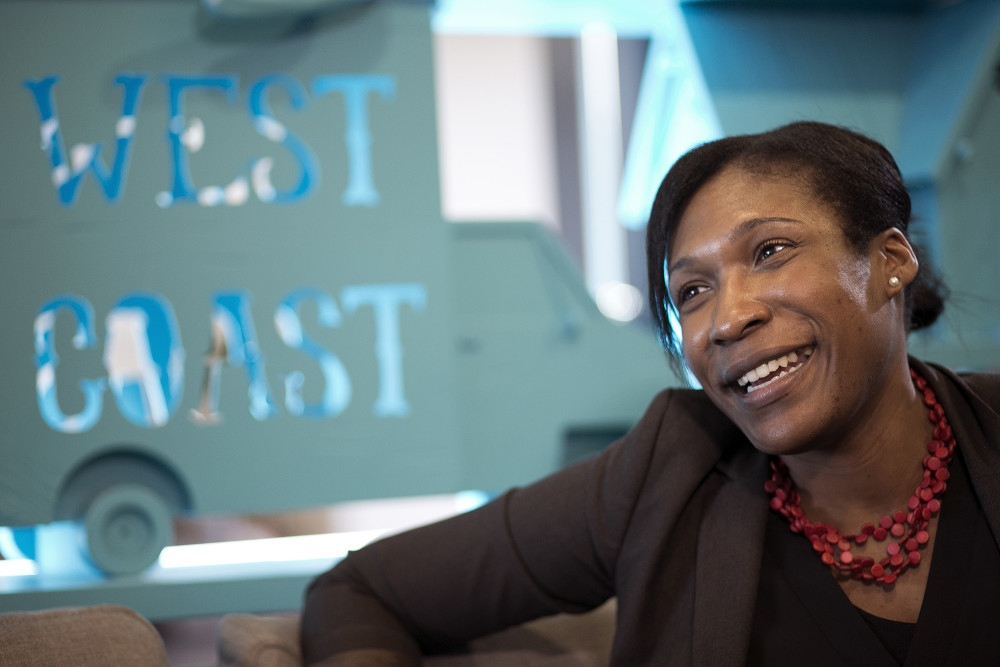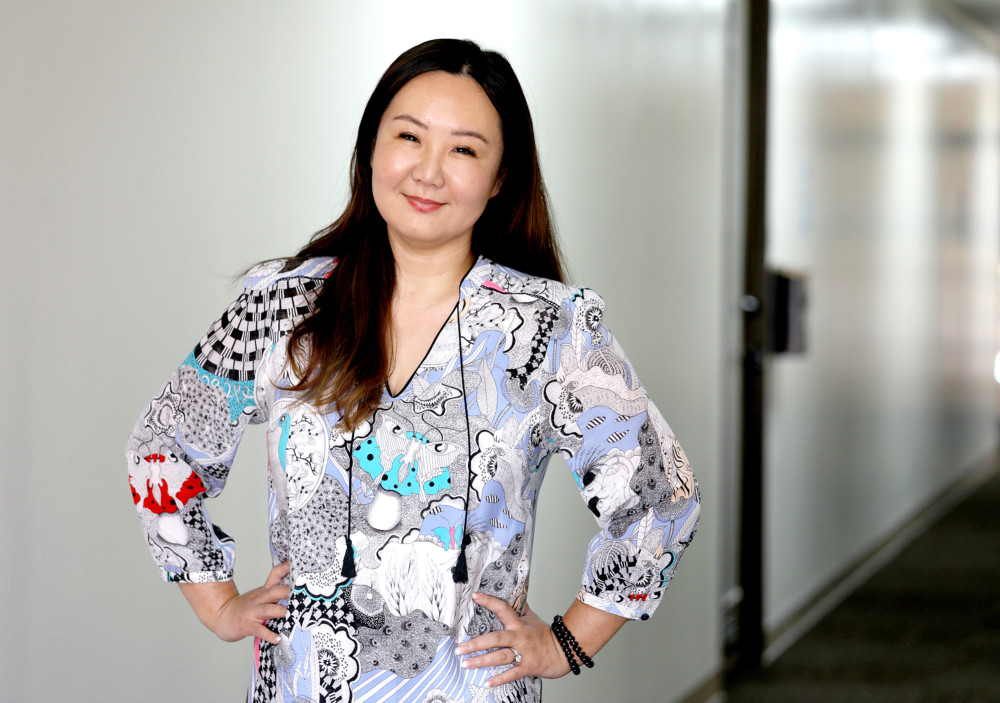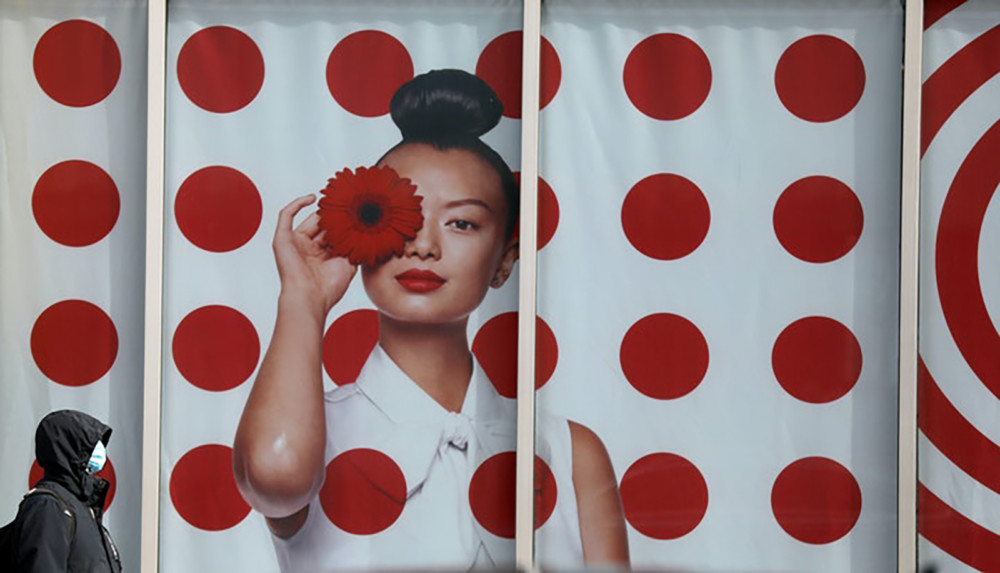By Michelle Quinn
San Jose Mercury News.
WWR Article Summary (tl;dr) Pinterest recently hired its first diversity director. The company has set clear goals for 2016: to increase the female hiring rate to 30 percent for full-time engineers (up from the current 21 percent)…empowering women in silicon valley? We’ll Take it!
SAN FRANCISCO
Pinterest is in a race against itself to create a more diverse workforce.
By its own accounting, the Internet firm hasn’t made headway on the issue since it launched its efforts in 2013. It’s still mostly a white and Asian male workforce.
Despite being seen as an industry leader for its push for more diversity in tech, the social media firm has hit a wall.
And time isn’t on its side. As Pinterest grows, it now has about 700 employees, each new hire makes less and less of a percentage dent in its workforce composition.
But Pinterest isn’t alone. A lot of Silicon Valley companies are struggling with this issue. They may have failed to get employee buy-in, set clear hiring goals or be more strategic instead of relying on an ad hoc approach. While the pool of potential job candidates has become more diverse, hiring managers still tend to pull from the same set of universities and backgrounds when they make hires.
Pinterest wants 2016 to be different.
It is experimenting with ways to boost the diversity of its pool of candidates and has set aggressive hiring goals. As part of that push, Pinterest recently hired its first diversity director, Candice Morgan, previously senior director and global consultant at Catalyst, the New York-based research nonprofit that promotes women in the workplace.
Does hiring a diversity director mean change is afoot?
Maybe. It will depend on whether she has the CEO’s ear, said Telle Whitney, chief executive and president of the Anita Borg Institute for Women and Technology. She pointed to Intel, where Danielle Brown, chief of staff to Intel CEO Brian Krzanich, recently took on another role as the firm’s chief diversity and inclusion officer.
“This isn’t a simple problem,” Whitney said. “You have to have clear goals, and you have to have processes and systems towards those goals. For example, some companies say they have a rule that there needs to be a woman candidate for every significant job. If that’s your policy, you also have to have teeth to make it happen.”
Growing up in the Bronx, in New York, Morgan was one of a handful of black students to attend Stuyvesant High School, taking the train from a black, working-class neighborhood to a white and upper-class one. The experience, she said, made her aware of “the social hierarchies in the workforce and in the places where people live.”
She has spent her career so far bringing research and strategic advice to male-dominated industries such as construction, oil and gas, and automotive, which are working to make their workforces less homogeneous. In industries with many women at low levels, such as law, Morgan noted that research has helped to pinpoint root causes for why there aren’t many female leaders.
Their careers flatline, not because they have babies, a common perception, she said, but because they simply aren’t promoted at key junctures.
Just one week on the job, Morgan, 33, gave me her initial take on Silicon Valley.
Tech struggles, more than other industries, with the idea of itself as a pure meritocracy, observed Morgan, who reports to Pinterest’s head of recruiting. “People like to say that it’s all about the code, when we know that hiring decisions are not,” she said. Tech is also is stuck on the idea of the “cultural fit.”
Bias can slip in if hiring decisions are made on such vague notions as fit, which is often shorthand for “am I comfortable hanging out with you for hours all day,” Morgan said. It would be better for companies to articulate company values and look for candidates who embody them, she added.
Pinterest has set clear goals: to increase the female hiring rate to 30 percent for full-time engineers (up from the current 21 percent) and 8 percent for those who are black, Latino or from an other underrepresented group (up from 1 percent). For non-engineering roles, it aims to hire 12 percent from underrepresented groups, compared with 7 percent.
To get there, the company has struck a partnership with Paradigm, a consultancy firm that focuses on diversity, with the aim to bring more data and experimentation to the problem.
For example, one area Pinterest recently tackled is the employee job referral.
Typically, people recommend people like themselves. But the company tried a six-week experiment that involved prompting engineers to recommend potential hires who are women and from racial and ethnicity groups in short supply in tech.
The result: Pinterest saw a 24 percent increase in the percent of women referred and a 55-fold increase in the percentage of candidates from underrepresented backgrounds.
When it comes to creating a diverse workforce, young tech firms like Pinterest have a unique opportunity to try new things, fail and try them again.
I hope Pinterest keeps its commitment to “open source” the results of these and other experiments.
By doing so, it can continue to show the rest of the industry the way forward.
___
Pinterest’s Hiring Goals for 2016
30 percent increase in the hiring rate of women engineers (up from 21 percent)8 percent increase for blacks, Latinos and those from other underrepresented groups (up from 1 percent)
12 percent increase in the hiring of underrepresented groups in non-engineering roles (up from 7 percent)
___
ABOUT THE WRITER
Michelle Quinn is a business columnist for the San Jose Mercury News
















































































































































































































































































































































































